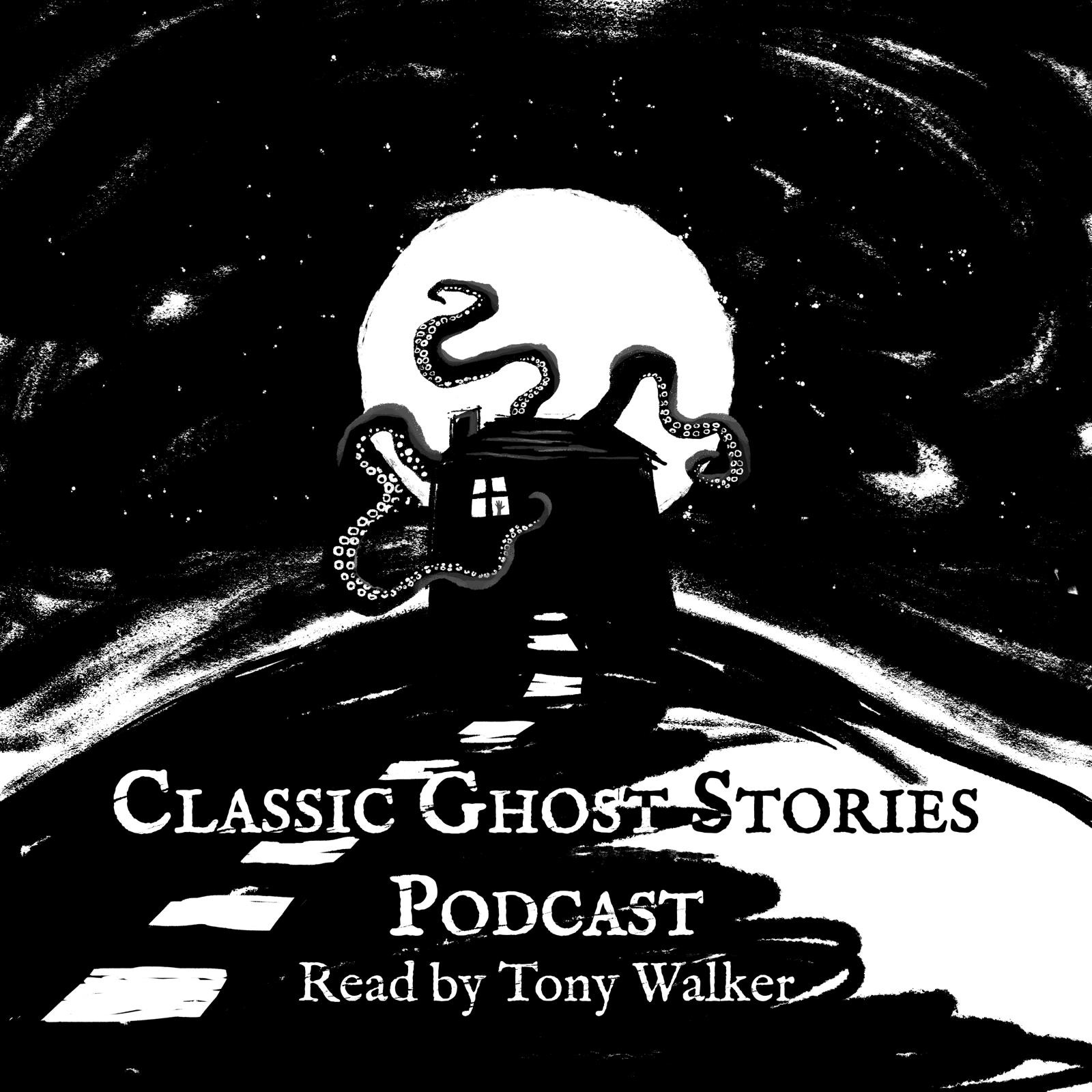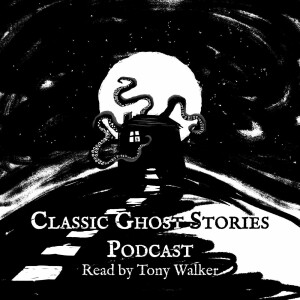
S02E19 A Christmas Carol by Charles Dickens Part 1
 2020-11-26
2020-11-26
Charles Dickens
Charles John Huffam Dickens was born in Portsmouth, Hampshire, England in 1812. He died in Higham, Kent in 1879, aged only 58 and was buried at Poet's Corner, Westminster Abbey—a high honour indeed.
Dickens's writing was very popular during his lifetime and he was recognised as a literary genius by the 20th Century.
His first success was The Pickwick Papers in 1836, when he was 24. He had been forced to go to work in a factory rather than school. Dickens worked pasting on labels on pots of boot blacking.
Dickens's father was locked up in a debtor's prison. Dickens was not formally educated, though his writing shows formal rhetorical devices so he must have studied later. He was certainly a voracious reader of the novels of his time and earlier.
One of his great tricks was the cliffhanger ending and this came about because most of his fifteen novels and umpteen other works were published in weekly serial publications.
Dickens's characters tend to be larger than life and he is especially good at portraying the great poverty and terrible social situations that those in his close family had experienced .
By work, his father was a clerk to the Royal Navy, the biggest employer in his home town of Portsmouth. There were eight children in the family. Dickens' third name Huffman came from his godfather, Christopher Huffman, a rigger in the Navy.
Unfortunately, the Dickens family lived beyond their financial means, easy to do with a family of ten I should think.
Dickens was massively famous and popular throughout his life and worked immensely hard, leading to ill-health in his fifties.
He died of a stroke while writing Edwin Drood, leaving that novel unfinished.
A Christmas Carol
A Christmas Carol is possibly Dickens's most famous work, though there are so many to choose from.
It is the eve of December, and I have wanted to do this story since last year. It is such a delight to read Dickens's clever, lively prose after Henry James's convoluted sentences. Dickens's words always conjure vivid images, while James is more subtle. I am bound to compare the two. James's characters are subtly drawn too and he can reveal a great vista into a character with a little incident. Dickens's character are more like cartoons, but cartoons are very entertaining.
I have enjoyed both stories.
In this first part, the scene is set for the coming of the first ghost.
A Christmas Carol was published in 1843 on 19 December and the first edition sold out by Christmas Eve. Dickens had self-published, in that he paid for the costs of the printing and publication, which was a shrewd financial bet as it turned out. Dickens was only 31 at the time.
A Christmas Carol was so popular that a bootleg edition was published in 1844 and Dickens sued the bootleggers. He did public readings of the story from 1849 and went on tour with it, performing it 127 times until his death in 1870.
It turns out that Dickens was always a fan of Christmas. In 1835 he published an article on Christmas Festivities.
Music
The opening music is Some Come Back by The Heartwood Institute. Check out their new release Witchseason. Listen to it for many reasons but at least one of those should be to hear the insane comments in Witchphase 1.5 from the King of The Witches, Alex Sanders. Who knew he was so mad?
The closing music is The Unquiet Grave by Grey Malkin of The Hare & The Moon from their forthcoming album: Widow's Weeds. Check out their ethereal vibe.
Sign Up For Exclusive Bonus Episodes!
And/Or Buy A Thirsty Podcaster A Ko-Fi
And you could always Download A Free Audiobook Of My Story The Dalston Vampire
This is a public episode. If you’d like to discuss this with other subscribers or get access to bonus episodes, visit tonywalker.substack.com/subscribe
More Episodes
 2024-10-22
2024-10-22
 2024-09-29
2024-09-29
 2024-09-26
2024-09-26
 2024-06-11
2024-06-11
 2024-05-24
2024-05-24
 2024-05-11
2024-05-11
 2024-05-03
2024-05-03
 2024-03-28
2024-03-28
 2024-03-22
2024-03-22
 2024-03-12
2024-03-12
 2024-03-10
2024-03-10
 2023-05-07
2023-05-07
 2023-04-15
2023-04-15
 2023-04-08
2023-04-08
 2023-04-04
2023-04-04
 2023-03-18
2023-03-18
 2023-03-11
2023-03-11
 2023-02-03
2023-02-03
Create your
podcast in
minutes
- Full-featured podcast site
- Unlimited storage and bandwidth
- Comprehensive podcast stats
- Distribute to Apple Podcasts, Spotify, and more
- Make money with your podcast
It is Free
- Privacy Policy
- Cookie Policy
- Terms of Use
- Consent Preferences
- Copyright © 2015-2024 Podbean.com





